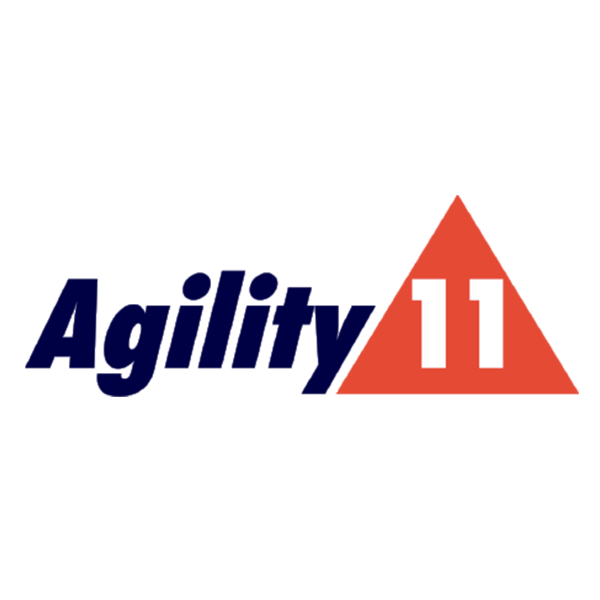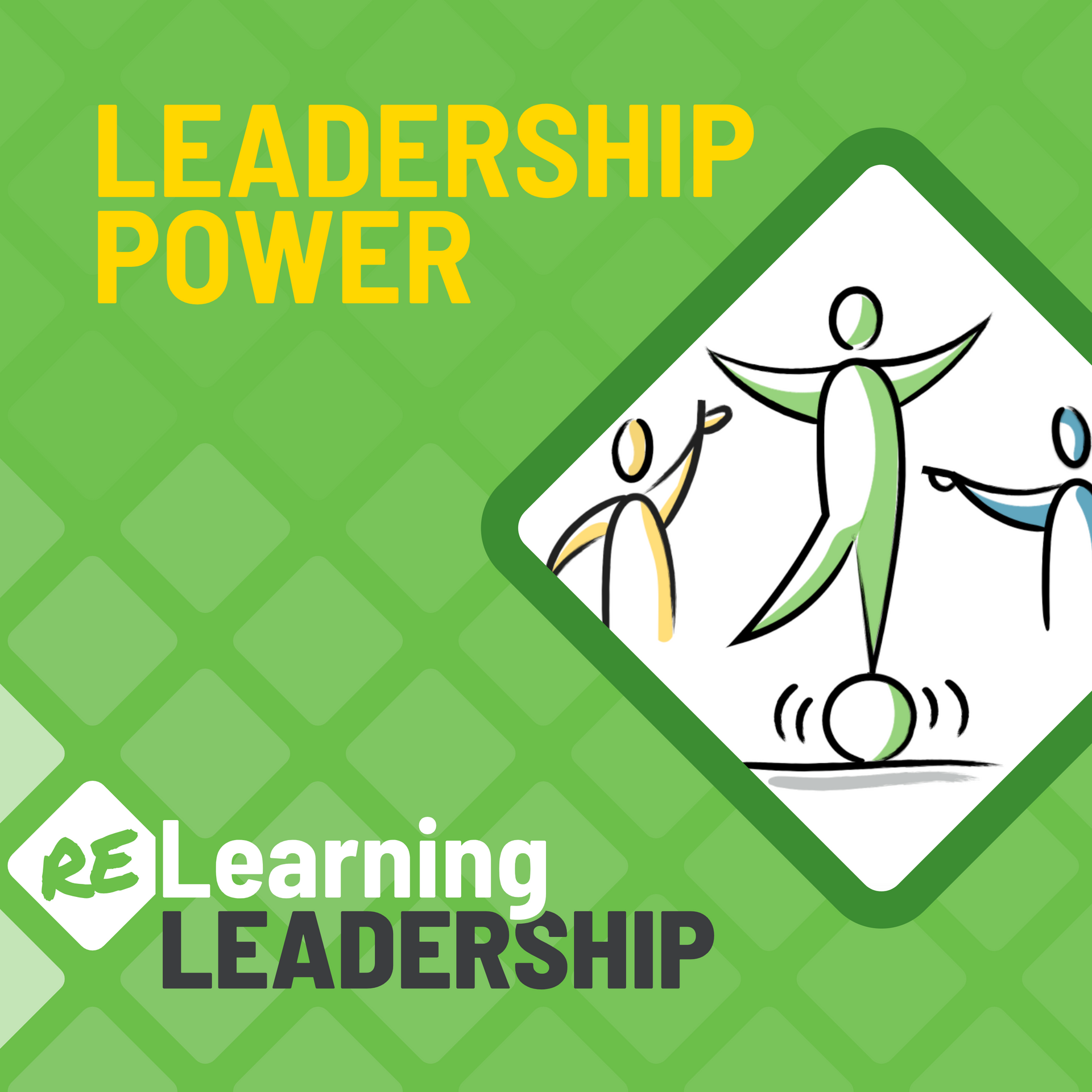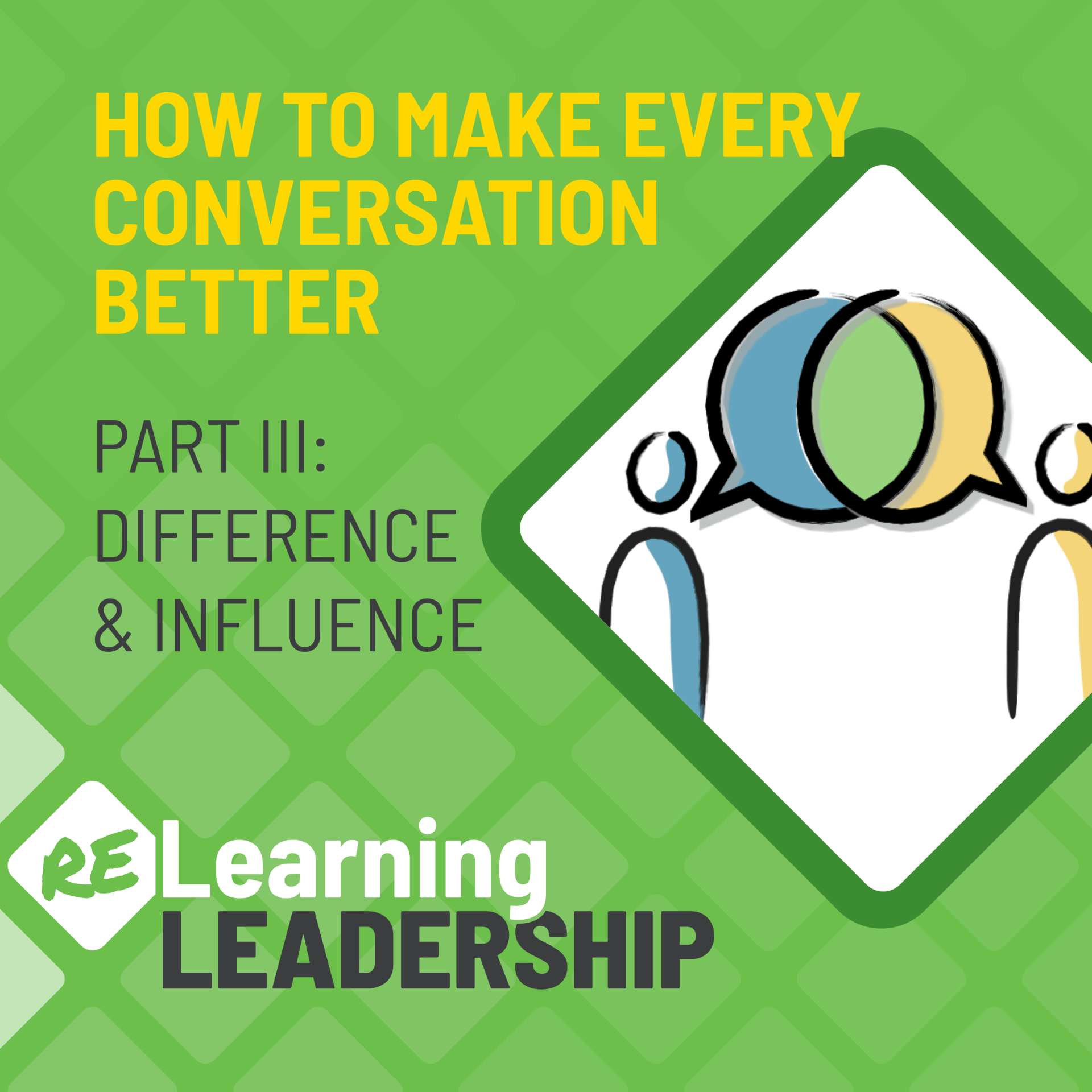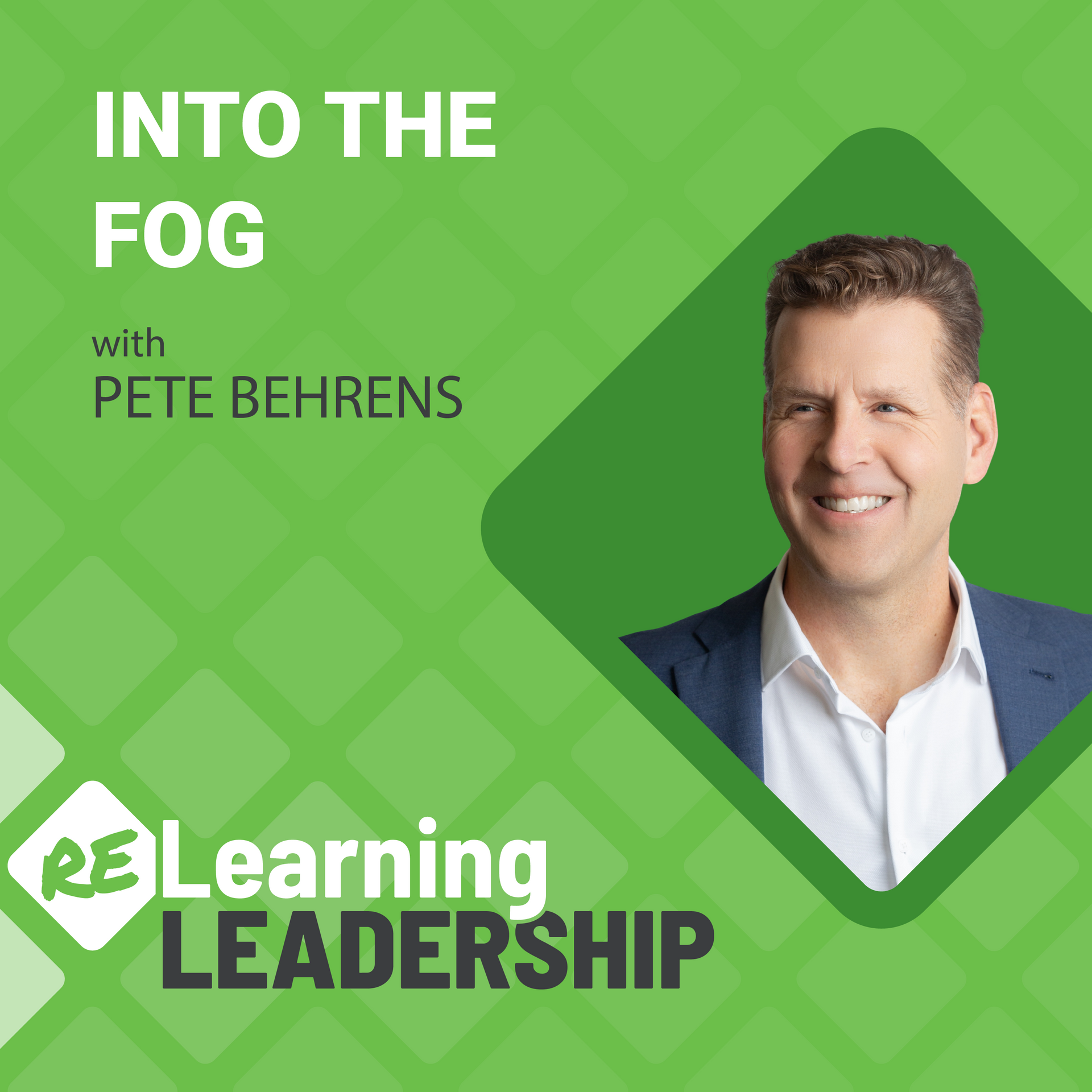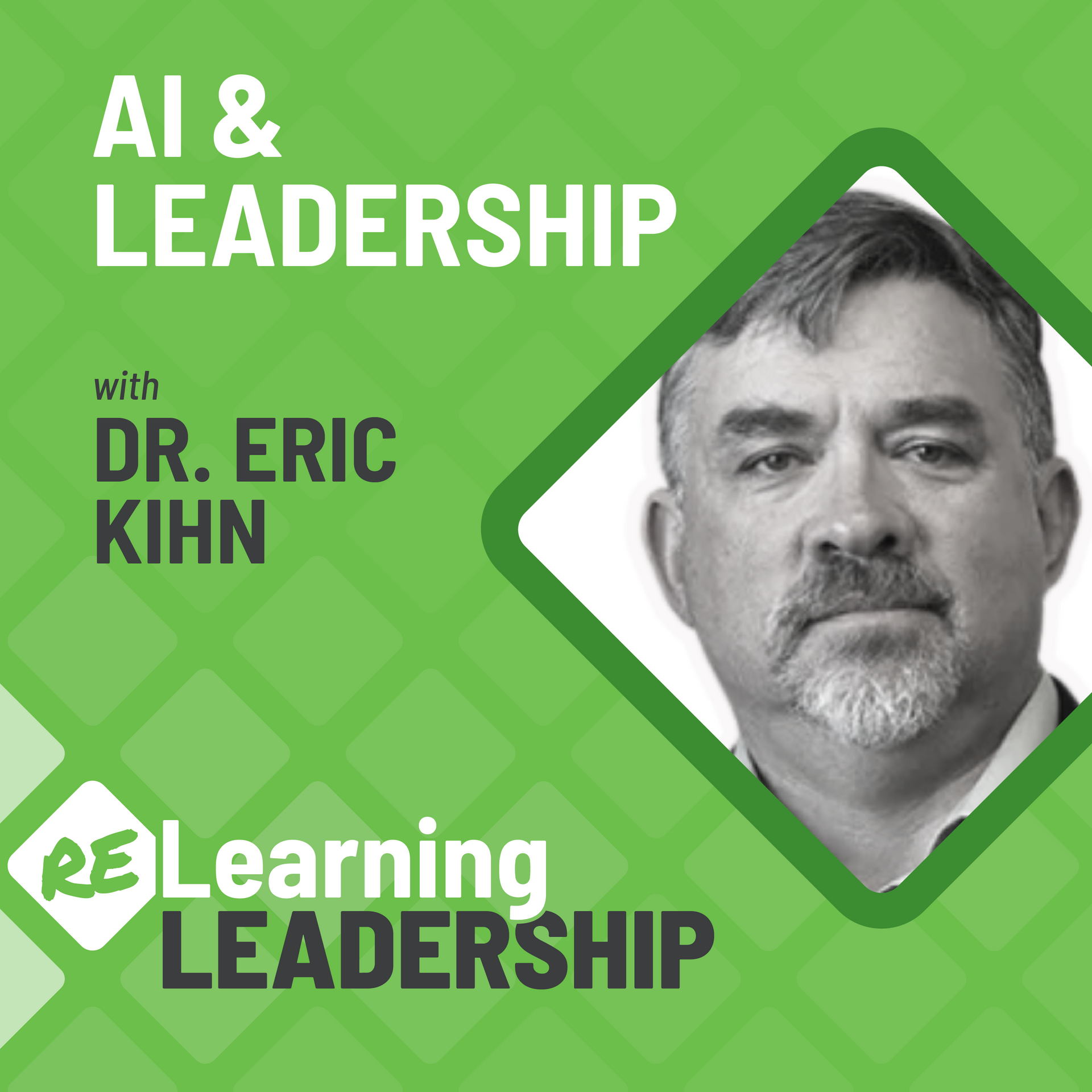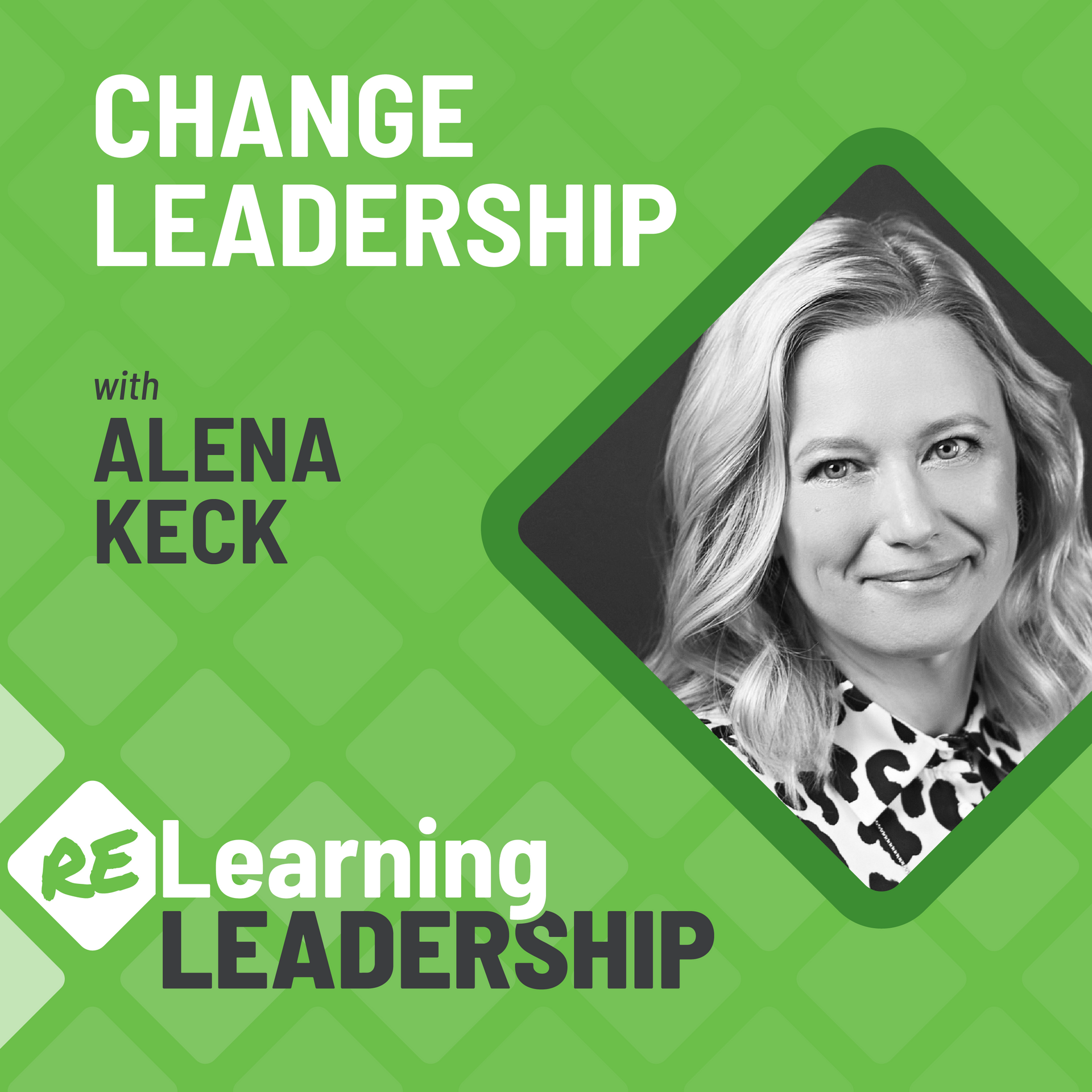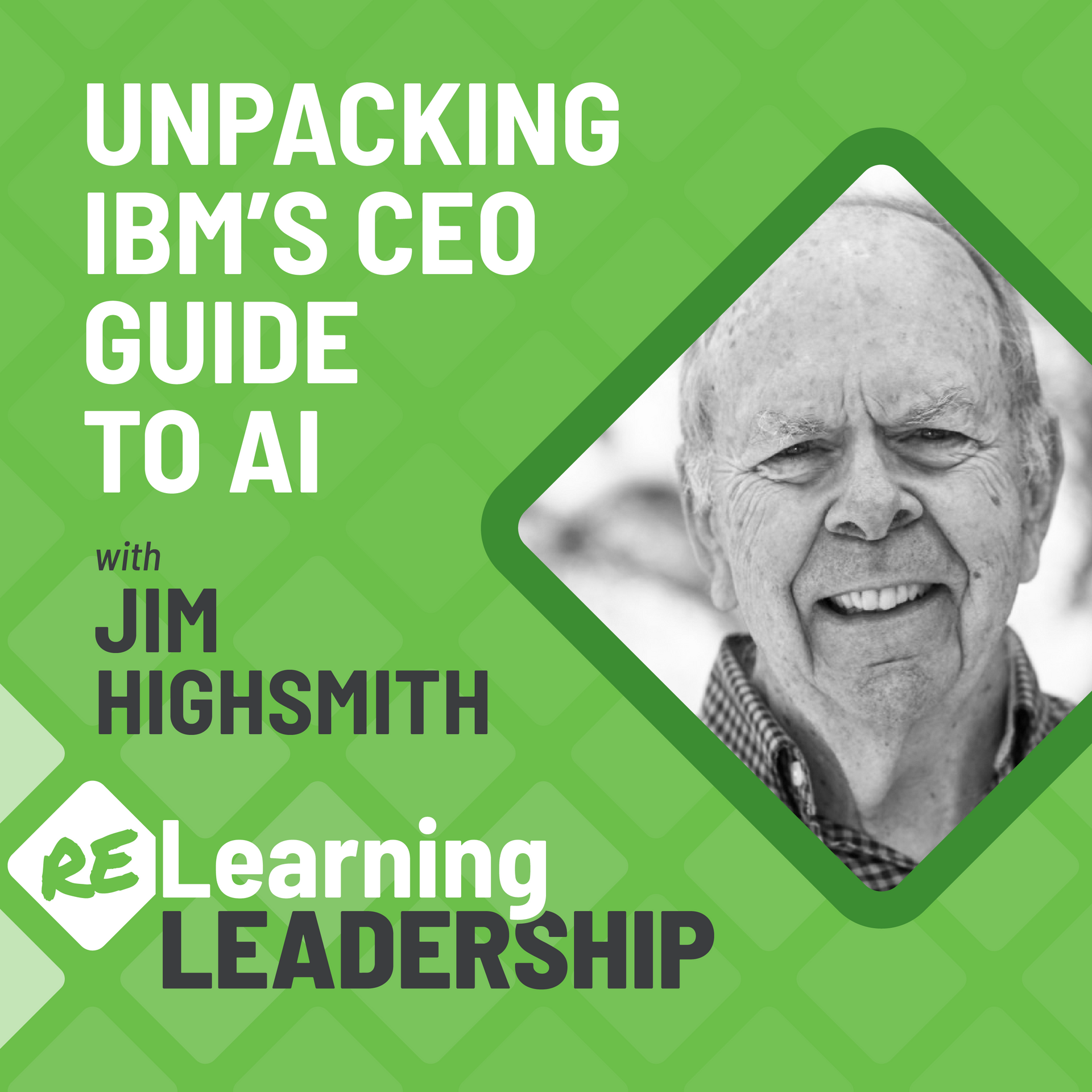43: Influence without Authority
How do leaders influence without authority?
Brad Swanson, Agile Leadership Journey Guide and organizational systems coach shares his insights on how leaders can better impact change through influence “without pushing the command button”.
Brad Swanson, Leadership and Organizational Coach
Brad Swanson is a Leadership and Organizational Coach who guides companies to achieve sustainably better results using Lean and Agile principles.
He has been a trusted advisor for executives and organizations across the globe. He honed his own leadership skills as a Vice President in the consulting and software industries. Brad is a Certified Leadership Agility® 360 Coach, Certified Agile Leadership (CAL) Educator®, Certified Scrum Trainer® (CST), and Certified Agile Coach (Certified Enterprise Coach® - CEC). He is a member of the Agile Leadership Journey as a Licensed Guide.
Brad lives in Golden, Colorado with his wife and two teenagers. He is an avid trail runner and backcountry skier.
To learn more about Brad, visit: www.agility11.com
Connect with Brad

Read more of Brad's insights on influence
Influence Without Authority, Part 1
Three Jedi mind tricks to be more persuasive
Influence Without Authority, Part 2
Three more ways to increase your influence
Influence Without Authority, Part 3
Propose experiments. Change is hard. Experiments reduce our sense of threat.
Relearning from this episode…
Influence = Relationship
Effective influence requires effective relationships. Leaders seeking to improve their capacity to influence should look first at their capacity in building and developing relationships. Influence requires trust and respect.
Less is More
In many ways, the more leaders do the less influence they have on others. It puts them in an action / expert orientation focused on the work. While it may feel counter-intuitive, stepping back, focusing on fewer points, shifting away from solutions to core problems, and shifting from telling to asking are all great ways to begin improving your influence.
Techniques apply equally to those without authority to those with authority
Leaders who do have authority can also improve outcomes by not “pushing on the command button” and leveraging the same techniques as leaders who don’t have that same authority.
Episode Transcript
Pete Behrens:
How do leaders influence without authority? Welcome to another episode of
Relearning Leadership,
where we explore a specific leadership challenge and break it down to help improve your leadership, your organization, and, just possibly, your personal life. I'm Pete Behrens, and today I want to talk about influence. And I've got a special guest to help us work through this challenge, Brad Swanson, Organizational Systems Coach and Agile Leadership Journey Guide. Welcome to the show, Brad!
Brad Swanson:
Thank you, Pete. I'm so glad to be here.
Pete Behrens:
Well, we're glad to have you. And I want to start it out kind of easy. So, let's start with a definition. What does
influence actually mean?
Brad Swanson:
Yeah. I would say that
influence—and I'm borrowing a little bit from the dictionary here. I cheated! [Laughs]
Pete Behrens:
That’s fine! [Laughs]
Brad Swanson:
Paraphrasing, but the capacity to affect someone's behavior—would be my, kind of, working definition in this context. We're talking about this in the context of authority as well. And leadership–leaders, in some situations–they do have authority. And with authority you influence people, to some extent, through coercion. You have power over them. You can control or even, in some sense, manipulate people. And even if it's not intentional. I remember a quote I heard. I think it was from a former military leader once, who said, “When you're a leader, any suggestion you make is actually a command, or an order.”
That—you can't just make a suggestion. People hear it as,
“I must do this!”
Pete Behrens:
Yeah. So it's—it’s kind of, in that sense, you know, you wonder,
“If I have the authority, do we even put that in the same bucket of influence?” Because what you're saying is almost, like—there's the concept of demand or dictate. Or, like, you say a command. I assume that's a form of influence, but that's, like, in a totally different realm than I think what we’re trying to get at here.
Brad Swanson:
Yeah, correct. Yeah. I'm looking here at those cases where you either do not have direct authority, or you want to exercise your influence without pushing on that command button, without being the dictator or demanding something.
Pete Behrens:
Yeah. Well, let's—maybe let's get into, maybe, why this is so hard. So, what is it you think, you know, leaders most often get wrong with influence?
Brad Swanson:
I think it's more difficult. It requires a little bit more effort sometimes to influence without using that authority lever. I think it can take more time and can require building up trust with people first. So it can feel a lot more expedient as that leader to just say,
“Hey, do this! Do that! Here's the answer”
than it can be to take the time and effort to to really persuade someone and get them on board internally, so that they're self-motivated towards achieving a particular goal.
Pete Behrens:
So, what I'm hearing then is, really, influence is if we can counter that with direction or dictation of some behavior. Like, you can get somebody to do something; that's not really influence. It's almost more in that manipulation direction. Versus—you're saying, like, influence is much more about—how do you get somebody to, kind of, have an internal orientation towards, maybe,
“I want to do this!” Or
“This is interesting or exciting.” Or “It's motivational to do this.” Is that a fair way to say it?
Brad Swanson:
Yeah, yeah. Definitely. I like how you said that. That internal motivation, self-motivation, for someone to go after a goal or proceed forward with the plan. Which ultimately can be more sustainable as a leader. If you constantly have to be telling people what to do and using that authority, then you're likely going to have to keep coming back and doing that over again. Versus convincing or persuading someone to go along with a plan or an idea of their own, you know, through their own agreement with that plan or strategy or goal.
Pete Behrens:
Yeah, so it becomes—you become dependent without having effective influence, I guess. You really lack the ability to empower, to delegate, to let go in a lot of ways. So it sounds like there's a lot of benefits to a proper influence. Alright, so if leaders most often get wrong, kind of, this push versus pull, maybe, mentality, talk to us a little bit about—what are some strategies to help invoke this? What are some things, maybe, they do incorrectly that we can maybe then correct, you know, in terms of some of our behaviors?
Brad Swanson:
Yeah. So one technique is—rather than starting with the solution or the answer or the directive, start by understanding—or helping others to understand—what is the problem? What is—what is the
why?
As Simon Sinek puts it, start with
why.
So I think, again, it's about, first, pausing to perhaps listen to others and understand—what are their challenges or pain points? Try to connect to something that would motivate them to then, you know, pursue a particular goal or solution. Or, even coming in and starting with your own challenge or problem. We have to help people to care about the problem before they'll care about the solution. So that's what often is missing. if we just come in with a solution and someone doesn't even fully appreciate what the problem is, they're not likely to be fully on board.
Pete Behrens:
I mean, it sounds like the more work we put into what needs to happen, the less effective our influence is likely going to be. Like, the more we put into a solution, the more we put into thinking about the next steps, the more we, kind of, try to control a situation. Like, it's almost like you're saying,
“Pull back. Stop trying to tell—stop trying to, kind of, go all that way.” It's almost like, how, as a leader, do we engage before we're ready? Is that—maybe that's a way to start thinking about this?
Brad Swanson:
Yeah. I think that's one good way to think about it. I think it's also—you're leaning in there, on kind of, transferring the ownership. If it's all about
my solution,
my answer,
my strategy, then
I own it. Versus—if I can convince someone else to understand the true problem, and they take ownership for the solution, or at least their partners in creating the solution, again, they're going to have that self-internal motivation to move forward, versus just doing what I tell them to do.
Pete Behrens:
Yeah, yeah. Do you have an example of this? Or something—maybe help us relate to it a little bit better.
Brad Swanson:
Yeah. So, I do a lot of work in organizations where I'm helping them to implement Agile practices. And oftentimes I'm working with mid-level leaders. And oftentimes it's someone higher up, someone senior who has decided,
“We are going on this Agile adoption initiative!” And they're sort of—this cascades down then, of course, to mid-level leaders, so they've been tasked with implementing it. So for me, as a coach coming in, you know, one thing—I can just come in and say,
“Hey, you need to do these things because a boss said, and I'm here to help you.” Versus—come in and start by asking some of these folks,
“Tell me what are some of the challenges you're facing, and what are some, maybe, pain points you'd love to be able to solve.” And then, once I hear what those are, I can tie that back to,
“Well, here are some techniques that perhaps come from the Agile toolkit or the Lean tool kit that can help you to solve those pain points.”
Versus—implement this practice because someone told you to.
Pete Behrens:
Yeah. Well, I mean, sign me up! I've been there. I—that was my first implementation of scrum—was, you know, coming in and telling the team,
“Guys, we're doing scrum!” Versus—”Alright, what problem are we trying to solve? Like, what is this we're trying to get better at?”
And I think had—I wish I could go back in time and just tell my former self to say,
“Hey, Pete, rethink about this challenge and what is it you're trying to do.” And I can think about how much more engaging that would have been for the people. Like, they saw me as dictator, yeah. I mean, I was totally achiever, leader, going into it and telling, “Hey, scrum's the way.”
I can imagine it was pretty common with lots of things, though.
Brad Swanson:
Yeah, guilty as charged here, too! You know, I've—I certainly—my first attempts at this very much approached it from that expert leadership potential of,
“Hey, I'm here with the answers, and I'll give you all the answers.” So I'd like to think I've advanced past that, hopefully, at this stage.
Pete Behrens:
Yeah, I can imagine we're probably still falling in the trap. It's not an easy one to always stay out of. Okay, so we've got the—avoid the solution. So, step back a little bit. Think about questions; think about problems. Let's go to another space. What's another—I know you've done a lot of writing on this, and we'll refer to the readers some of the writing Brad's done on some of these topics. But, yeah, let's dive into one more.
Brad Swanson:
Yeah, sure. In fact, this same technique of starting by listening and trying to discover challenges, pain points, empathizing with others, ties into one of the other techniques, which is building trust first. If we want to influence others, oftentimes we do need to establish trust. And by asking questions first, genuine questions, with curiosity, that's a key ingredient in establishing the trust. So you kind of get to kill two birds with one stone here, kind of, going in with this approach. This demonstrates to others that, “Hey I'm not here to meet my own needs. I'm here to help you with your needs.”
And that's a key ingredient in getting to that place where you build trust. Now, there's more to it. Trust is something that, again, takes time and effort. And you won't generally establish trust with just one, you know, one instance of asking a question. But it is a good first step.
Pete Behrens:
So, did my partner put you up to this? I could see her, like,
“Pete, listen! Empathy! Where's that?” Right? You know, it seems so basic, yeah. When I know we're under pressure, and I know sometimes when we're feeling responsible, or we just see the path forward, it's just so much easier to just go. So I can imagine for many people this is very, kind of—it feels slow, or it feels—I don't know. Yeah, it's respectful, but at the same time, does it move the needle? I can imagine hearing from a lot of my coaching clients, like,
“Hey, Pete, it's too slow!”
Could you respond to that?
Brad Swanson:
Yeah. And that's where, if we go back to authority again, you know, authority feels like the expedient way to do that, right?
“I don't want to take the time to build this relationship and work on the trust and ask a bunch of questions. I'm busy! I have a hundred things I need to do today, so I'm going to press on the authority button and just come in and tell people, ‘Here's what I need you to do.’” And that's tough, especially because leaders are so busy. There's so many demands on their time. I think, again, it takes that longer-term perspective of understanding,
“If I can establish that trust long-term, I'm going to be much better off.”
Pete Behrens:
I mean, what you're describing is such a shift from the work to the person doing the work, or the people doing the work, right? I mean, it's a complete focus shift that I think a lot of us, including me, have to practice or have to learn how to leverage, kind of, that focal shift. We talk a lot about expert and achiever catalyst, right? And that catalyst focuses on those people, the people doing the work. And so, you're talking about relationship and developing relationship, developing trust. Is it that simple? Is it simply just, you know—is it listening? Is it asking questions, or is there more to it?
Brad Swanson:
I think there is more. I think that's—I think you have a really keen insight there, that it is this shift away from “I need to get this work done” to
“I need to focus on these people who will get the work done and enable them.” I know we've done another podcast here on the idea of agency. How do I give them the agency to get that work done? Again, it's a more sustainable, more effective solution in the long term, but it does feel slower at first. And that's what can make it so hard, when it would be so easy to just come in and tell people what to do.
Pete Behrens:
You know, it's interesting—you reminded me of a story of a leader who was considered aloof—right?—considered disconnected. And, you know, we evaluate a lot of his behaviors, and, you know, he had a lot of meetings in his office. And, you know, he would kind of be back-to-back in meetings. And so, you come in, you execute, and you leave. And it's very, kind of, regimented. And, you know, one of his techniques to kind of become more human was to spread his meetings out, put his meetings in different parts of the building—before Covid! And so, he would walk around. He would get there a little early, leave a little bit late. And it was fun just to see how some of downtime—right? Just give a little space—created relationship development, which then made him more connected, which I believe then probably helped his influence as a leader.
Brad Swanson:
Yeah. Yeah, that's a great, great story. Creating—deliberately creating—those opportunities where you can make some connections with people, where it isn't all about the agenda on the schedule for the meeting, but there's some open time for some human connection there.
Pete Behrens:
Yeah, yeah. So, any final words for listeners, in terms of, maybe, next steps they can take, in terms of improving their influence?
Brad Swanson:
I'll give one more quick tip, because a lot of times we may be trying to influence up, where we, in fact—we do not have that authority. And another common mistake is to try to give people a laundry list of reasons why someone should do something or sign on for something. But a lot of research says you're far better if you can just give
one convincing argument. And the reason for that is—when you give a laundry list of reasons why someone should follow along with your idea, your weaker reasons water down and ultimately weaken your strong arguments. So people then tend to dismiss all of your arguments if they can find one argument that has a weakness in it. [Laughs]
Pete Behrens:
Seems so counterintuitive! I mean, you want to just come out with the ammunition, you know.
“This, this, this, this. We need to do this!”
And what you're saying is—highlight something really significant, important, and stick to it. Focus. Less is more.
Brad Swanson:
Yeah. Yeah, there's research that backs that up, from—Adam Grant shared some of that in his book,
Think Again.
And you’re right. It is counterintuitive. You would think that,
“Hey, the more reasons I can give someone, the better off I am, the more influence I'm likely to have.” But, probably not in that case.
Pete Behrens:
Hm. Well, Brad, I appreciate you sharing a bit about this with us today. And for those listening, we'll share some additional links where you can explore this topic a little bit more. So, thank you for joining us today, Brad!
Brad Swanson:
Thank you, Pete.
Pete Behrens:
Relearning Leadership is the official podcast of the Agile Leadership Journey. Together we build better leaders. It’s hosted by me, Pete Behrens, with contributions from our global Guide community. It’s produced by Ryan Dugan. With music by Joy Zimmerman. If you enjoyed this episode, please subscribe, leave us a review, or share a comment. And visit our website,
agileleadershipjourney.com/podcast, for guest profiles, episode references, transcripts, and to explore more about your own leadership journey.
Explore:
Related Episodes
39: Leadership Power
Pete explores the concept of leadership power and how it impacts your presence as a leader.
31: How to Make Every Conversation Better: Difference and Influence
What do great debators know that we don't?
Pete shares insights from two of his favorite mentors in this episode to help us better understand why differences are so challenging to overcome in crucial conversations and how an unintuitive approach to differences can shift conflict to alignment.
27: Power Play
It's really important to note that everybody has power. It doesn't actually matter what your social identity is or what your title is or what job you work in or where you live.
Recent Episodes

